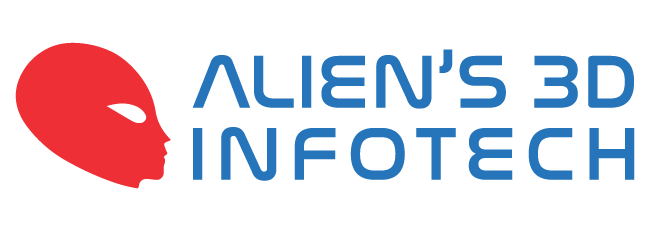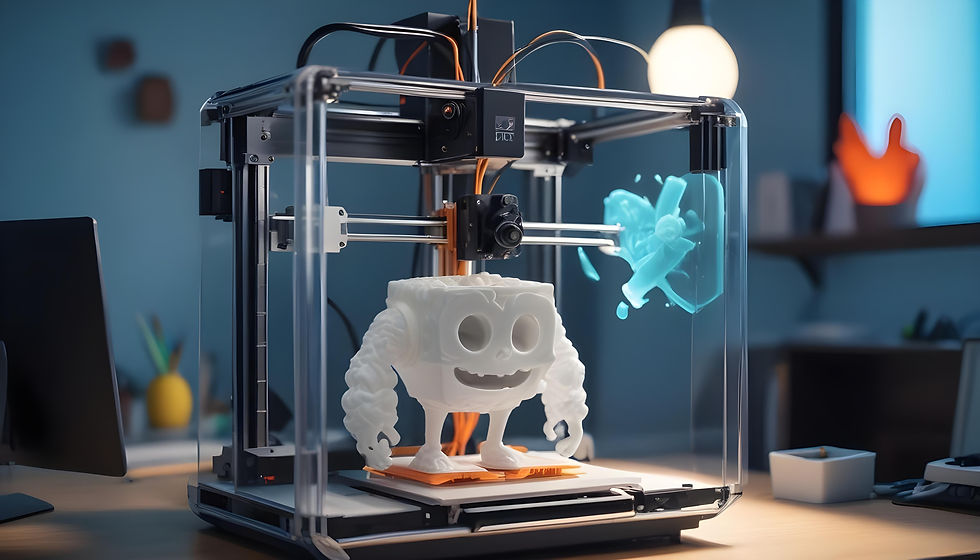SLA vs FDM vs SLS: which 3D printing method is right for you?
- Sandeep Kadam
- Jul 7
- 3 min read
Updated: Jul 8

If you're new to 3D printing or just trying to figure out which technology fits your project best, you're not alone.
Whether you're a jewellery designer in Zaveri Bazaar, a product engineer in Navi Mumbai, or a creative studio in Bandra, the three most common 3D printing methods SLA, FDM, and SLS each serve different needs.
Let’s break it down in a simple, no-jargon way to help you choose the right path.
SLA – Smooth finish, high detail
SLA, or Stereolithography, uses a laser to cure liquid resin into solid shapes. It’s incredibly accurate, which makes it perfect for tiny, detailed parts — think jewellery, dental models, or intricate miniatures.
Designers in Andheri and Charni Road love SLA for its ability to capture micro-level detail — things you simply can’t get with other methods. The surface is smooth, almost polished, straight out of the printer. If you’re creating something to be cast in gold or silver, or just want an ultra-clean prototype, SLA is often the go-to.
However, it’s worth noting that SLA prints are a little more delicate than other types so if you need something functional or durable, it might not be your best option.
FDM – Functional and budget-friendly
FDM stands for Fused Deposition Modelling, and it's probably the most well-known and widely used method. This technique melts plastic filament and lays it down layer by layer.
It’s ideal for:
· Functional prototypes
· Basic fit checks
· Cost-effective testing
If you're an engineer in Thane or Nerul and need to test a part for size or function, FDM is fast, reliable, and affordable. It might not be the prettiest (you’ll see the layers), but it works — especially when looks aren’t the top priority.
Want to 3D print a phone holder, bracket, or enclosure? FDM’s your best friend.
SLS – Strong, complex, industrial
Selective Laser Sintering, or SLS, is often used for serious, industrial-grade jobs. It doesn’t use resin or filament — it uses nylon powder, melted with a laser, to create strong, complex parts.
The big win with SLS? You don’t need support structures. That means you can create really complex, interlocking shapes even moving parts all in one go. Designers in industrial hubs like Vasai or Rabale use SLS for making final-use mechanical parts or durable prototypes that are ready to go into real-world testing.
The trade-off? It’s usually more expensive and might need a bit more post-processing to smooth the surface.
So which one should you choose?
Here’s a quick way to think about it:
· Go with SLA if you need high detail, smooth finish, or you're prepping a model for casting like jewellery or collectibles.
· Choose FDM when cost and function matter more than looks for brackets, enclosures, or testing mechanical fit.
· Use SLS when you need strong, production-ready parts with complex geometry especially in low-volume runs.
Still not sure? Many 3D print studios in Mumbai and Navi Mumbai offer all three. Send in your file, tell them what you need it for, and let the experts guide you.
Final thoughts: SLA vs FDM vs SLS
There’s no one-size-fits-all answer. The best 3D printing method depends on what you’re printing, how you’re using it, and what matters most to you detail, durability, or cost.
And the good news? If you’re based in Mumbai or Navi Mumbai, you’re surrounded by experienced 3D printing hubs ready to help you make the right choice.
Let your idea drive the decision and let the technology bring it to life.




Comments